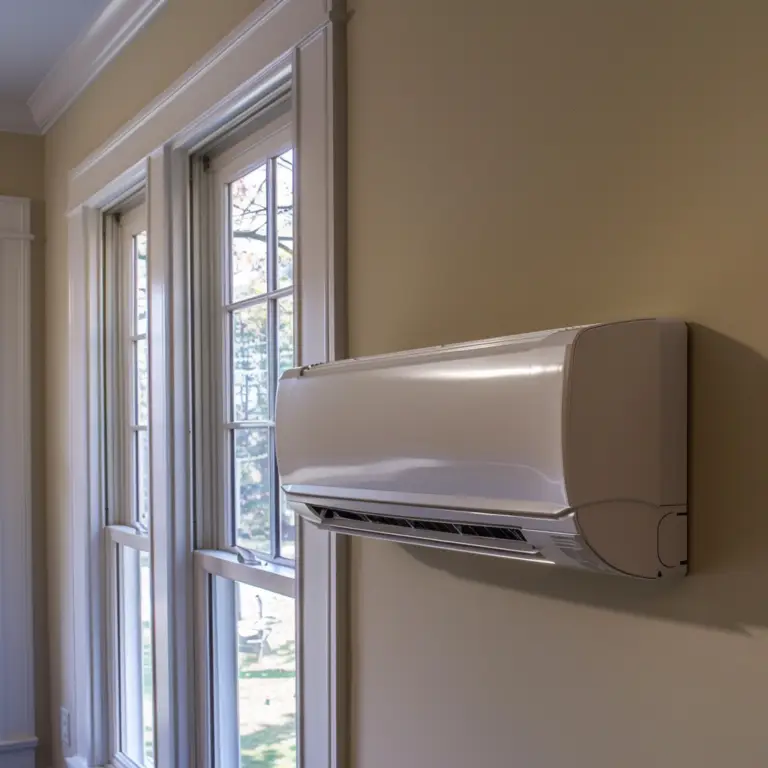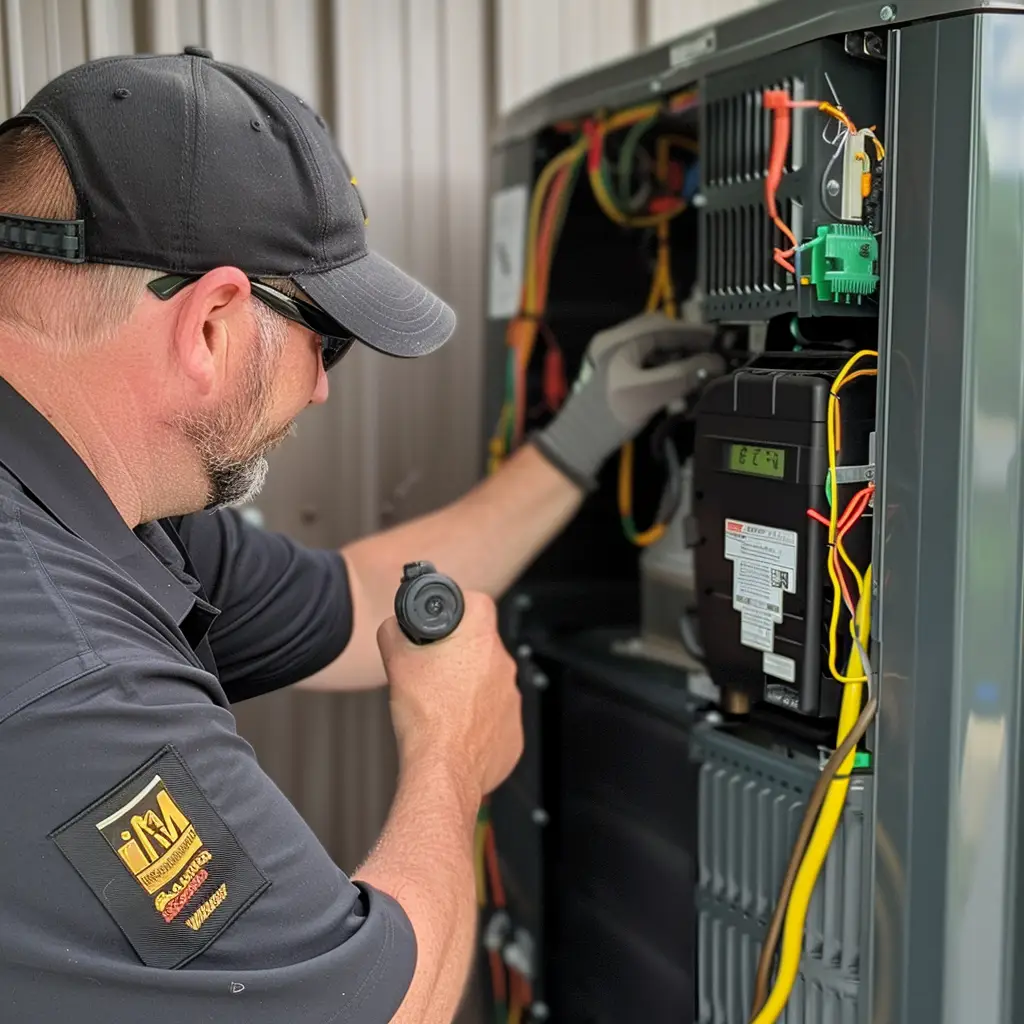Introduction: Why Choose a Ductless System?
Ductless air conditioners, often referred to as mini-split systems, are an excellent choice for home renovations or extensions where traditional ducted systems are impractical. These systems offer flexibility in installation and operation, making them ideal for attics, garages, or any room where ductwork is challenging to install. For a more detailed comparison of ductless systems with traditional setups, consider reading about the benefits of ductless mini-split systems.
What Influences Ductless AC Costs?
The cost of installing a ductless air conditioner can vary significantly depending on several factors:
- System Type and Features: High-efficiency models like those from Carrier®, known for their energy efficiency, may cost more upfront but can offer savings in the long run.
- Installation Requirements: Factors such as the need for multi-zone systems or complex installation scenarios can increase costs. For insights on choosing the right system based on your needs, check out our guide on how to select the best air conditioner for your house.
Cost-Effective Strategies for Ductless AC Installation
When planning your ductless AC installation, consider the following tips to manage costs effectively:
- Rebates and Financing: Explore rebate programs and financing options available through your dealer or utility company.
- Seasonal Discounts: Installing during off-peak seasons can also lead to cost savings. Learn more about timing your purchase to get the best deals.
Detailed Cost Factors
Detailed considerations that will affect your overall costs include:
- Room Size and Configuration: Larger spaces may require units with higher BTU ratings, which can increase the cost.
- Energy Efficiency Ratings: Systems with higher SEER and EER ratings are generally more expensive but provide better long-term savings. For more about these ratings and their impact, visit our detailed SEER rating guide.
Choosing the Right Model
Selecting the appropriate ductless air conditioner involves evaluating your space and preferences. Consider factors such as:
- Capacity and Efficiency: Understand the cooling needs based on room size and layout.
- Quality of Installation: Ensure professional installation by consulting reliable HVAC services to optimize system performance and longevity.
Understanding the Components of Ductless Mini-Split Systems
Ductless air conditioners, or mini-split systems, consist of two primary components: an indoor unit and an outdoor unit. The indoor unit is installed within the room it conditions, providing precise temperature control and reducing energy wastage. The outdoor unit contains critical components like the compressor and condenser, facilitating the heat exchange process essential for cooling and heating. This division not only enhances operational efficiency but also minimizes indoor noise, making your environment more comfortable.
Carrier Performance™ Series Ductless Systems
When selecting a ductless mini-split system, Carrier and Mitsubishi are two leading brands known for their reliability and advanced features:

Model #: 40MAHB
Designed for high wall installation, suitable for both single and multi-zone configurations. Known for its quiet operation and energy efficiency, this unit pairs well with the 38MARB or 38MGRB outdoor units.
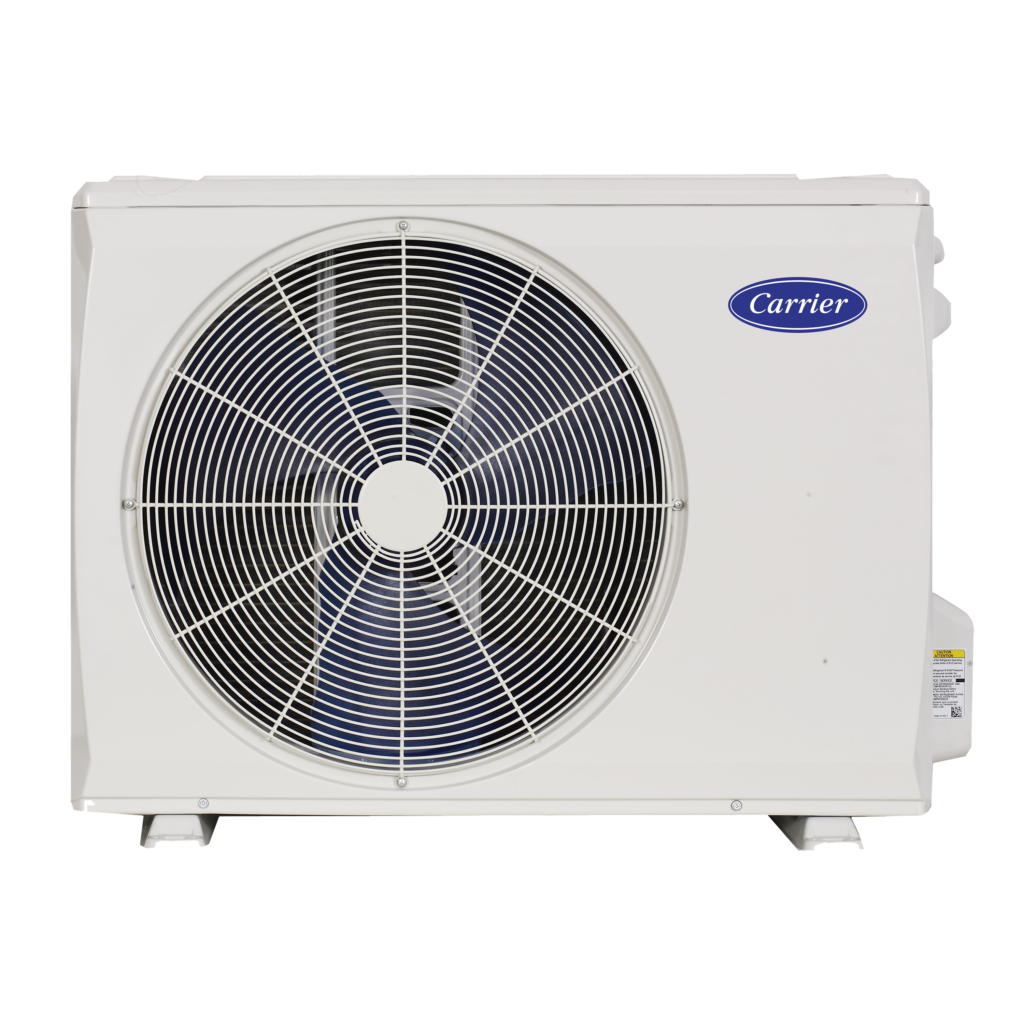
Model #: 38MARB
Offers exceptional energy savings with up to 28.1 SEER2, ideal for single-zone applications. ENERGY STAR® certified for additional efficiency.
Mitsubishi Wall-Mounted Ductless Systems
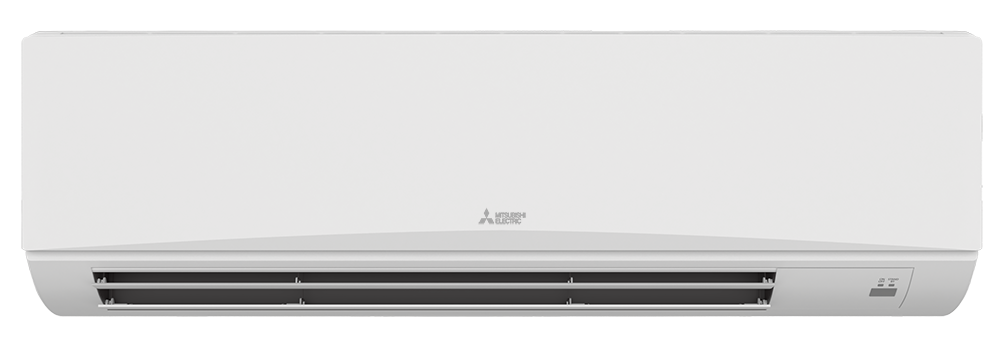
Model #: (MSZ-GL
Available in capacities from 6,000 to 24,000 BTU/H, featuring ECONO COOL mode and a NANO PLATINUM filter to enhance air quality. Operates quietly, with noise levels as low as 19 dB(A).
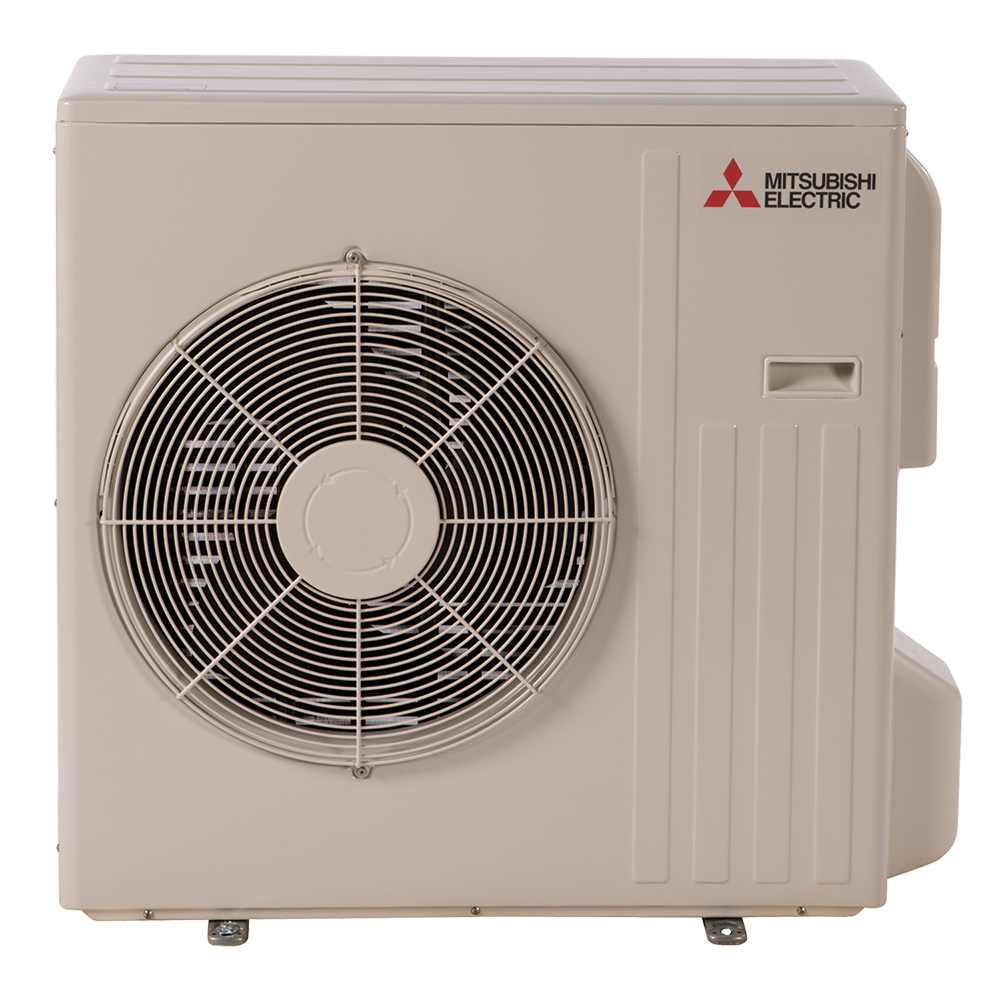
Model #: (MUZ-GS
Pairs with the MSZ-GS for efficient single-zone heating and cooling. Includes a Blue Fin anti-corrosion coating for enhanced durability, with a SEER rating of up to 18.10.
Conclusion: Trust AirPoint for Your Ductless AC Needs
At AirPoint, we are not only a Carrier factory authorized dealer but also NATE certified technicians in Toronto. We pride ourselves on being recognized as HomeStars Best of the Best 2023 and have consistently received 5 stars on Google and HomeStars. Our team is fully certified by TSSA, HRAI, and CSA, ensuring top-quality service and installation. Whether you’re considering a new ductless system or need expert advice on maintaining your existing setup, trust AirPoint to guide you through every step of the process.
To learn more about the cost of a mini split system, watch this video by Fixr to learn more.
Frequently Asked Questions About Ductless Mini-Split Systems
What is a ductless mini-split system?
Ductless mini-split systems work by having the outdoor unit transfer heat to or from the indoor air, depending on the mode. In cooling mode, heat is extracted from the indoor air and expelled outdoors. In heating mode, the process is reversed. Each indoor unit has its own thermostat for personalized control.
What are the advantages of installing a ductless mini-split system?
Ductless systems offer several benefits including:
- Energy Efficiency: Lower operating costs due to no heat loss through ductwork.
- Individual Zoning: Ability to control temperatures in individual rooms.
- Easy Installation: Less invasive than systems requiring ductwork.
- Quiet Operation: Indoor units are very quiet, enhancing indoor comfort.
Are ductless systems more expensive than traditional HVAC systems?
The initial installation cost of a ductless system can be higher than traditional systems, particularly when multiple indoor units are installed. However, the increased energy efficiency and zone control can lead to lower utility costs, offsetting the initial investment over time.
Can ductless mini-split systems provide both heating and cooling?
Yes, most ductless mini-split systems are heat pumps, which means they can both cool and heat your home. This makes them a versatile option for year-round indoor comfort.
How long do ductless mini-split systems last?
With proper maintenance, ductless mini-split systems can last 15 to 20 years. Regular cleaning and annual check-ups by a certified technician are important to maximize the lifespan and efficiency of the system.
What maintenance does a ductless mini-split system require?
Routine maintenance includes cleaning the filters, checking the refrigerant levels, and ensuring the outdoor unit is free from debris. It's recommended to have a professional HVAC technician inspect the system at least once a year for optimal performance.
Are there any rebates available for installing a ductless mini-split system?
Yes, many regions offer rebates and incentives for installing energy-efficient systems like ductless mini-splits. Check local energy programs or consult with your installer to find out what incentives are available in your area.


